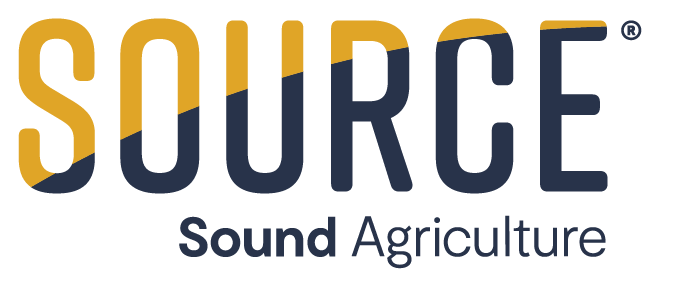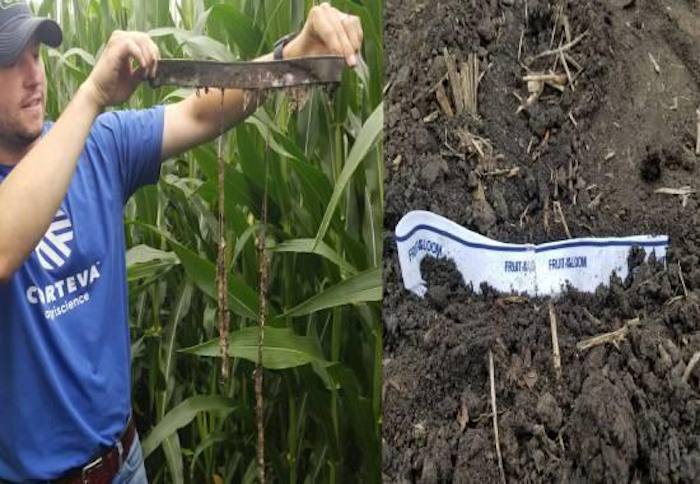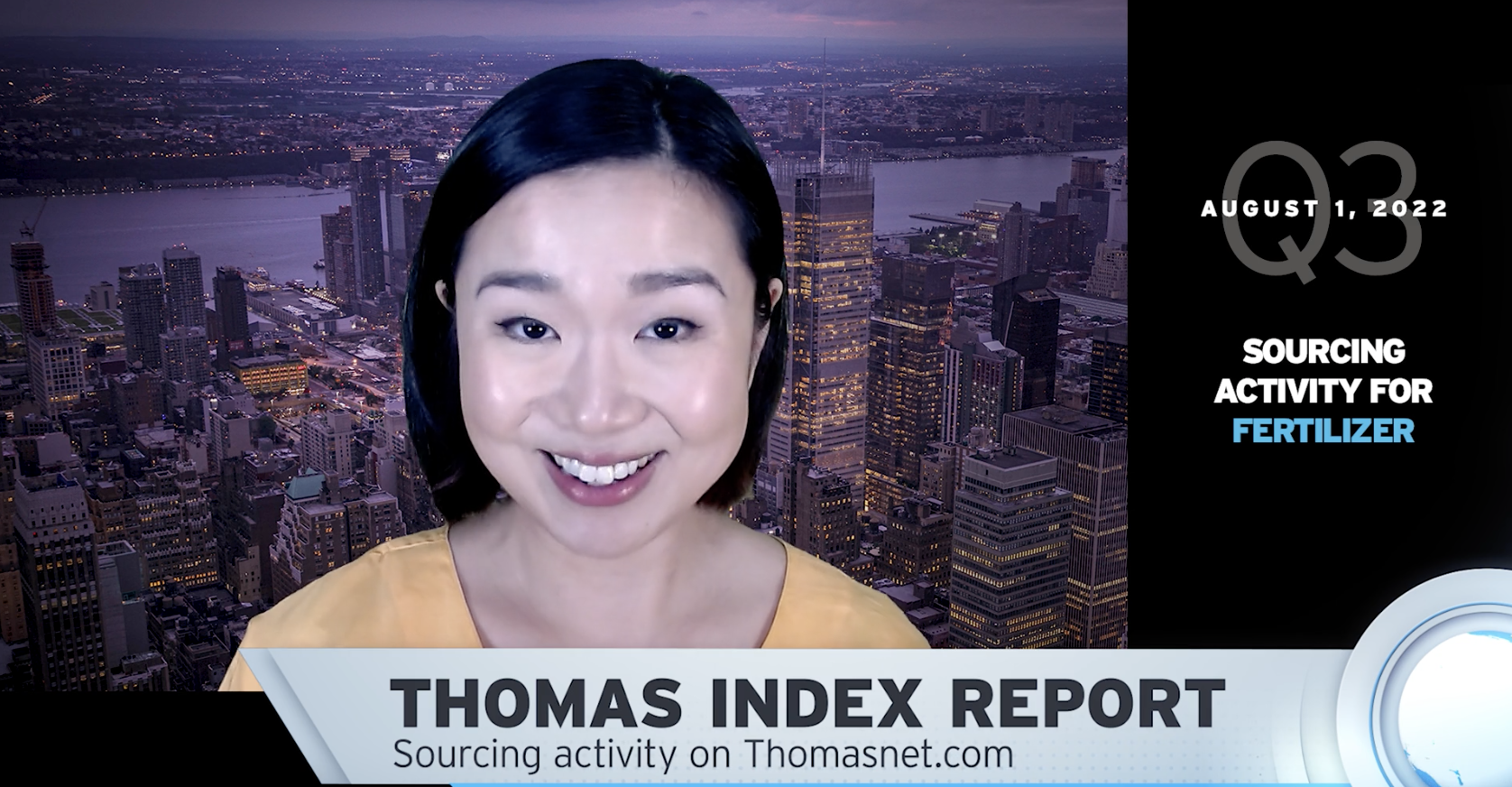No-Till Farmer editors encounter a variety of articles, social media posts, podcasts and videos that offer a unique look at the grower's world from the lofty digital realm. Here is our favorite content from the past week from across the web:
- Testing No-Till Soil Health With Your Underwear
- Fertilizer Market Projected to Grow to $213 Billion By 2027
- K-Hart Industries Announces New Conservation-Focused Planter
- University of Illinois Looks at the 2023 Fertilizer Picture
- No-Till vs. Organic
Best of the Web This Week is brought to you by Sound Agriculture.
SOURCE by Sound Agriculture wakes up the soil microbiome so you can access more nitrogen and phosphorus from your field. This bioinspired chemistry fixes atmospheric nitrogen and unlocks phosphorus that is tied up in the soil. It’s like caffeine for microbes, working with the soil you’ve already got to make your season more productive. Learn more at www.sound.ag.
Testing No-Till Soil Health With Your Underwear
No-tillers are long familiar with the "soil your undies" soil test to measure microbial health. However, the test appears to be suddenly catching on in wider media channels. That brings to mind our article from 2021 or a 2016 South Dakota State University article looking at various ways farmers in conservation ag, regen ag, and no-till test their soils. It might be worth a trip to the local big box retailer to get a fresh pair of 100% cotton briefs or boxers and give it a try.
Fertilizer Market Projected to Grow to $213 Billion By 2027
This short and informative video from the Thomas Index Report explains why demand for fertilizer is so high and how the U.S. and Canada are trying to mitigate supply shortfalls.
K-Hart Industries Announces New Conservation-Focused Planter
At the Western Canada Ag In Motion conference, K-Hart Industries introduced the Spyder, a drill that folds up in an M-shaped configuration to resemble a cartoon drawing of a spider. More than that, the drill specifically targets those in conservation management. The planter launched this year, according to a realagriculture.com video.
University of Illinois Looks at the 2023 Fertilizer Picture
This video from the University of Illinois College of Agriculture, Consumer Environmental Sciences walks through the factors likely to impact nitrogen prices — with a particular focus on anhydrous ammonia. The bottom line: geopolitics and economic factors mean there's no sure bet for nitrogen prices. Split-N can help spread out the damage to your no-till bottom line.
No-Till vs. Organic
This Twitter thread by Texas wheat, corn, cotton and milo farmer Heath Kimbrell contrasts the vibrant leafy greens of his no-till system with a whispy brown field for organic. The systems aren't mutually exclusive, which leads us to ask, is this another round in a long-running regen ag debate?
This is a dryland farm that has been in continuous no-till for more than a decade. It has also made a crop every year on 1/3 of its acres for a decade pic.twitter.com/TB9sWd4daX
— Heath Kimbrell (@Colonel_of_Corn) July 26, 2022
Is there something you want to share in "This Week"? Send us an email.
Best of the Web This Week is brought to you by Sound Agriculture.
SOURCE by Sound Agriculture wakes up the soil microbiome so you can access more nitrogen and phosphorus from your field. This bioinspired chemistry fixes atmospheric nitrogen and unlocks phosphorus that is tied up in the soil. It’s like caffeine for microbes, working with the soil you’ve already got to make your season more productive. Learn more at www.sound.ag.














